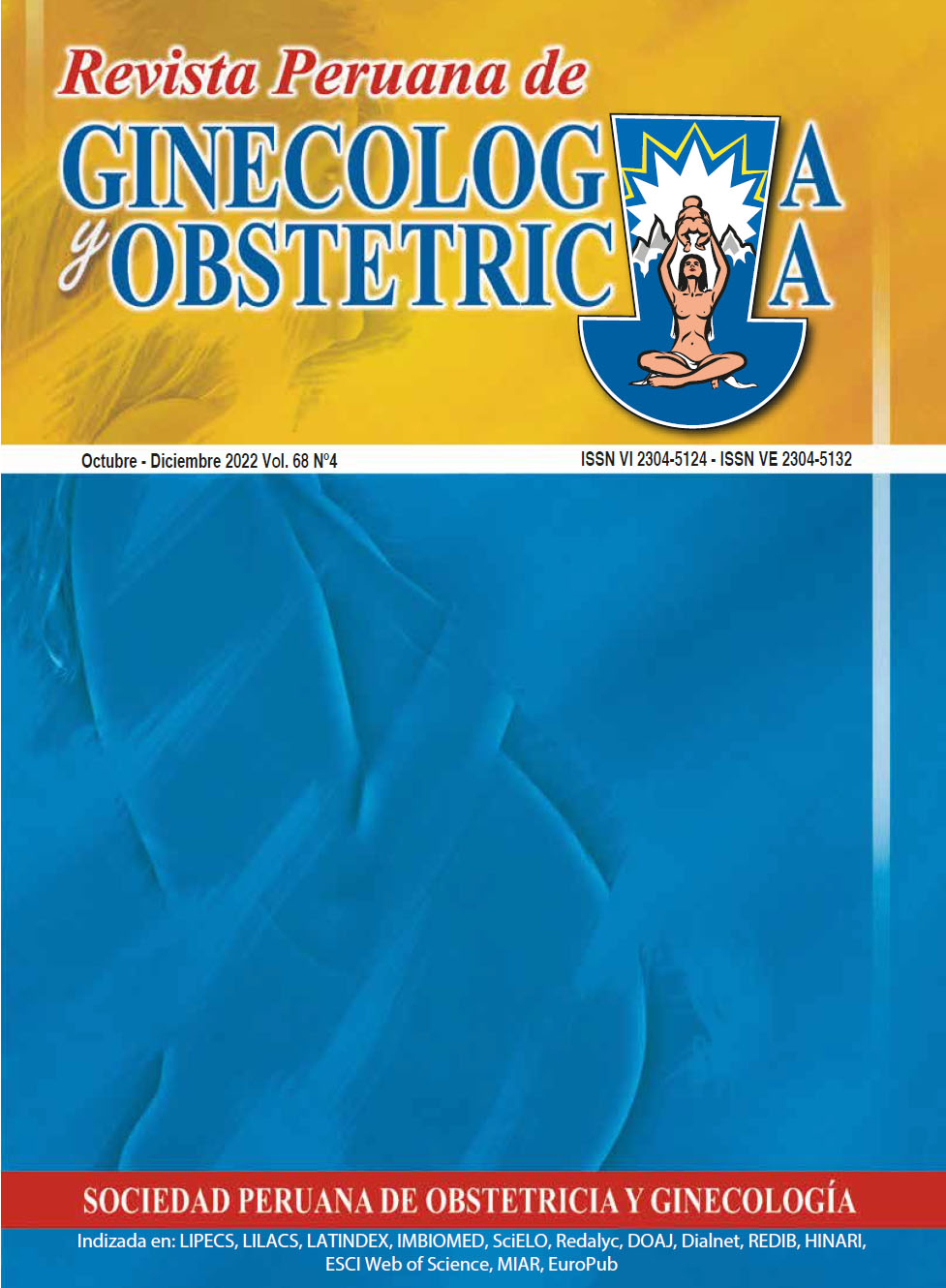Evidence for acetylsalicylic acid (aspirin) in the prevention of preeclampsia: a narrative review
DOI:
https://doi.org/10.31403/rpgo.v68i2453Keywords:
Pre-eclampsia, prevention, prediction, Doppler effect, AspirinAbstract
Objective: To describe the methods used to predict preeclampsia and how to prevent
it using low-dose acetylsalicylic acid (aspirin) according to the recommendations
of the main obstetrics and gynecology organizations. Methodology: We searched
PubMed and Cochrane Library from January 1, 2020, to May 1, 2022, using the
terms “pre-eclampsia”, “hypertensive disorders in pregnancy” and “hypertension
and pregnancy”. We focused on the analyses and recommendations from the most
recognized international obstetrics and gynecology organizations, independent of
the original language. Results: For the prediction of preeclampsia, two strategies are
used that aim to find the population at highest risk based on: 1) clinical findings
of risk for pre-pregnancy or pregnancy conditions, and 2) a multi-factor algorithm
that includes clinical findings, blood pressure, biomarker and uterine artery Doppler.
Using both strategies, variable effectiveness of aspirin in preventing preeclampsia
is found. The most effective dose range between 50-150 mg, with 81 mg being the
most recommended at present. The dose of 150 mg per day has shown effectiveness
in preeclampsia far from term; however, it is considered to have more side effects.
Conclusions: The most prestigious and recognized obstetrics and gynecology
and health organizations recommend low-dose aspirin to prevent preeclampsia,
preferably at the beginning of the second trimester of pregnancy and maintained
until 36-37 weeks.
Downloads
Downloads
Published
How to Cite
Issue
Section
License
Copyright (c) 2022 Paulino Vigil-De Gracia

This work is licensed under a Creative Commons Attribution 4.0 International License.
Esta revista provee acceso libre inmediato a su contenido bajo el principio de que hacer disponible gratuitamente la investigación al publico, lo cual fomenta un mayor intercambio de conocimiento global.















